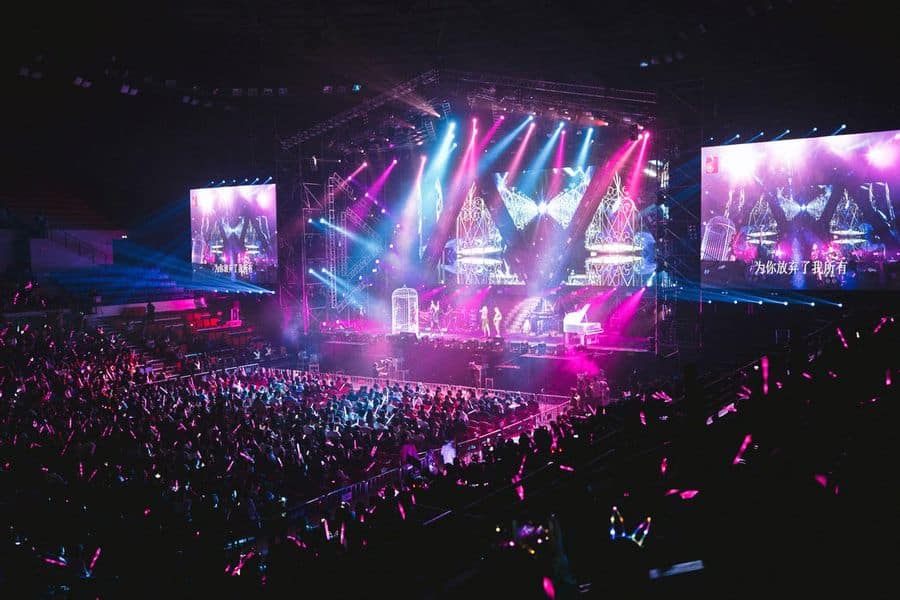Essential Strategies for Enhancing the Lifespan of The Light Emitting Diode Wall
Wiki Article
LED screens are growing increasingly widely used for various purposes, from marketing to leisure. To guarantee that these displays function efficiently over the years, it is crucial to implement strategies that extend their lifespan. Understanding the elements that affect the durability of Light Emitting Diode walls can help operators maintain their performance and avoid unnecessary substitutions.
One of the primary factors that can prolong the durability of an Light Emitting Diode screen is proper setup. It is vital to have a professional team handle the setup procedure to ensure all components are properly attached. Poor setup can lead to electrical issues or mechanical damage. Additionally, the placement of the LED screen should consider environmental conditions such as sunlight exposure and humidity levels. A well-installed display in a proper site will minimize the risk of damage caused by outside elements.

Routine upkeep is another key strategy to extend the life of an LED wall. This entails routine inspections to monitor for any indicators of wear or malfunction. Dirt and dirt can build up on the top of the Light Emitting Diode panels, affecting luminosity and color quality. Wiping the displays with suitable materials will help maintain ideal clarity. It is also important to monitor the components behind the display, making sure that all links are secure and that there are no overheating issues, which can greatly shorten the lifespan of the parts.
Power control plays a crucial role in improving the longevity of an Light Emitting Diode wall. Over-voltage or unstable power supply can damage the internal circuitry. To prevent this, using a reliable electric supply and putting in place surge protection measures is advisable. Additionally, setting the screen to function at lower luminosity levels when high brightness is not required can lessen stress on the lights. This not only extends the lifespan of the wall but also conserves power, making it a economical option.
In addition, program management can affect the functionality of Light Emitting Diode walls. Regularly updating the software that controls the display guarantees that it operates smoothly and includes any essential safety patches. Outdated software can lead to performance issues and may expose the system to vulnerabilities. Proper timing of programming can also assist with overseeing the demand of the screen, allowing it to idle during non-peak hours, which can aid to a greater durability.
In conclusion, extending the durability of an LED screen involves a combination of proper installation, routine maintenance, effective electric management, and diligent software management. By concentrating on these critical strategies, operators can guarantee that their LED screens remain operational and visually useful site pleasing for many years. Implementing proactive steps will not only improve the performance of the LED screen but also provide a better yield on investment over the years.